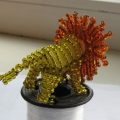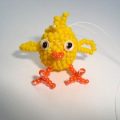
Master class for weaving a house of beads. Schemes, tips, video. / Toys with own hands, patterns, video, MK
Beads - very interesting and uncomplicated material. From it you can weave any crafts, including ornaments, and toys, and any figures that will become perfect accessories or decor elements. And such a gift is sure to be appreciated by all your friends. It will only be necessary to exert a little effort, patience and diligence, and from the scattered little beads there will appear an elegant beautiful house - as if straight out of a fairy tale. 
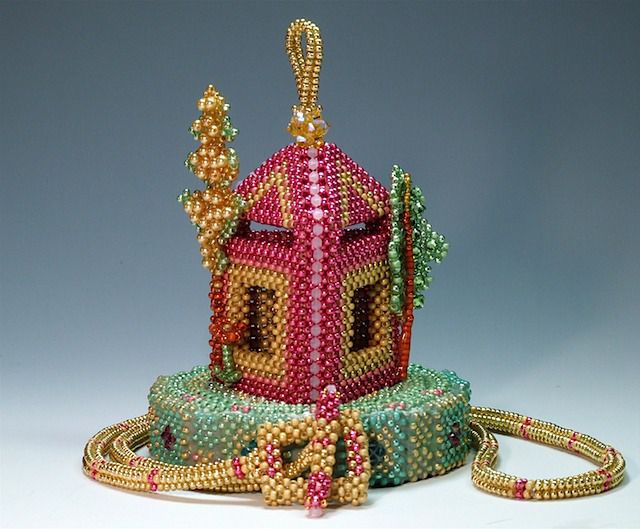
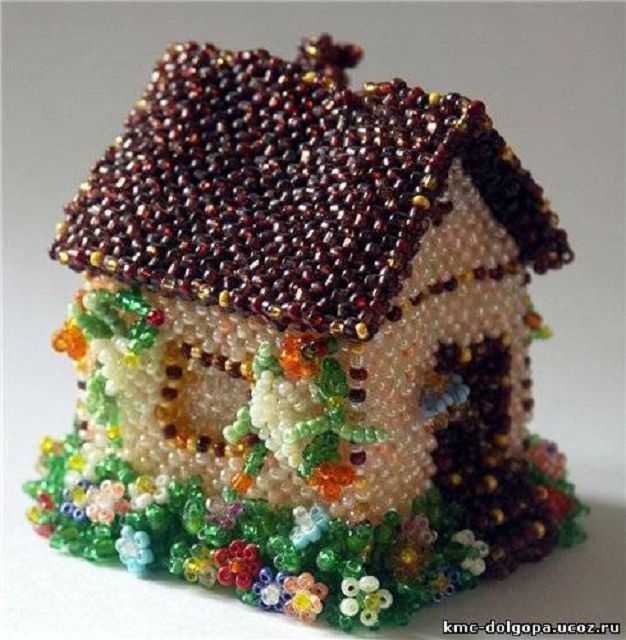


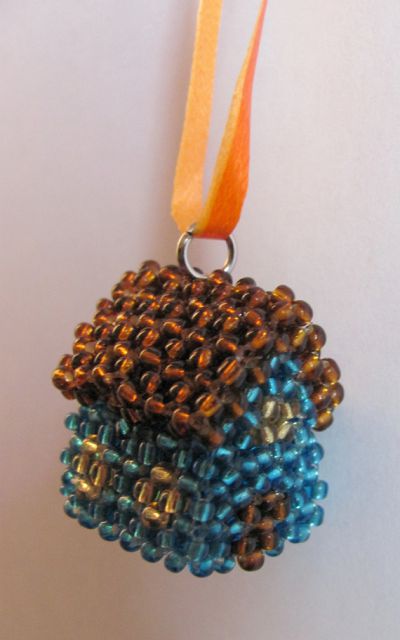

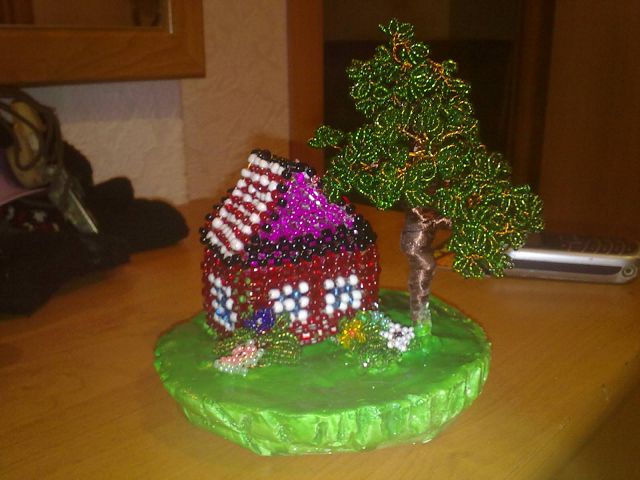
Necessary tools and materials for work
In order to weave a bead out of a house, youit will take a lot of material. To begin with, think about how you see the future product, determine its size, color scale, filling. The bead house can be very simple - flat, that is, consist of only one part. They, as applications, you can decorate a bag, purse, clothes or make a whole panel. Volumetric cabins on the stands will look spectacular as statuettes, with which you will be able to make whole installations, and small ones can serve as pendants, keyrings, and other accessories. 

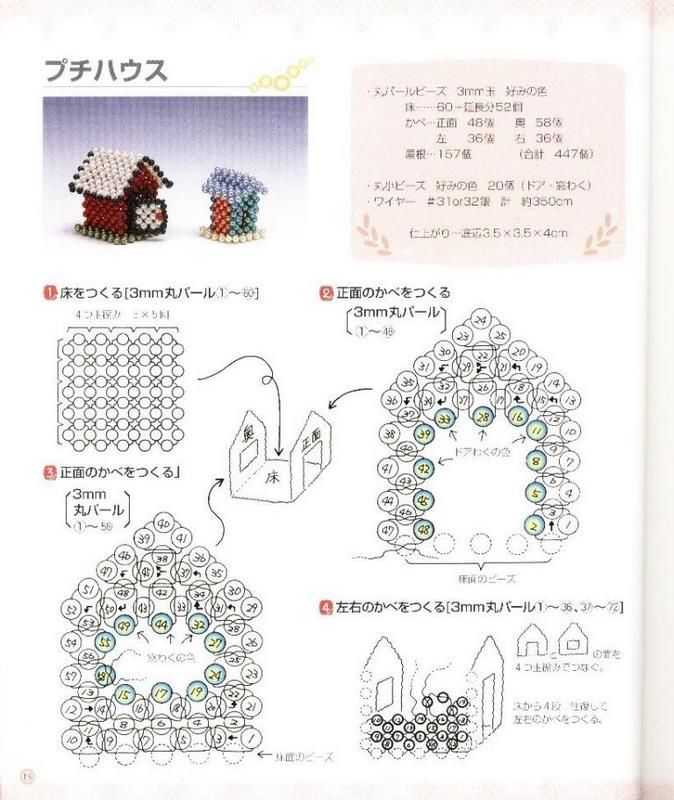
 If you are going to weave a house for the first time,take the larger beads - so it will be easier for you. Beads can be of different colors - one for walls, another for windows, the third for roof, but the same size - it's important. Also you will need a wire. It is better to choose a thin, but it should keep the shape well.
If you are going to weave a house for the first time,take the larger beads - so it will be easier for you. Beads can be of different colors - one for walls, another for windows, the third for roof, but the same size - it's important. Also you will need a wire. It is better to choose a thin, but it should keep the shape well.
Weaving of different houses
Figures can be simplified in techniqueparallel wickerwork, and if you want to get a masterpiece, then you will have to use many others - "mosaic", "cross", "square" and "brick" stitch, etc. 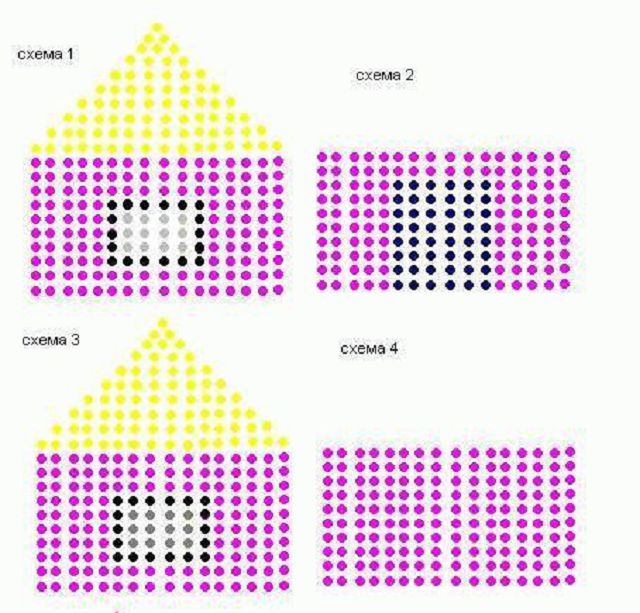

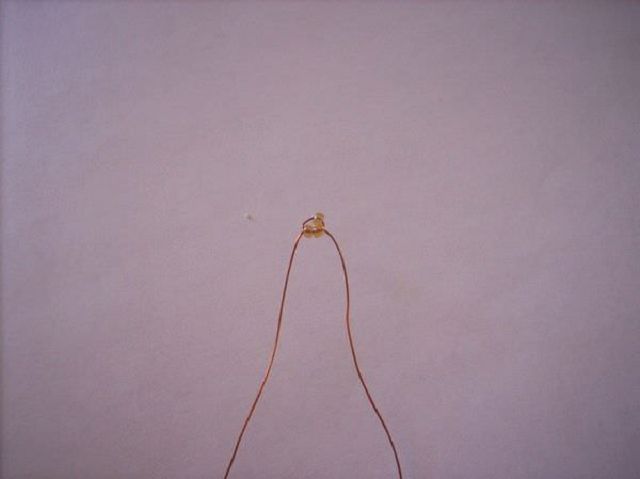




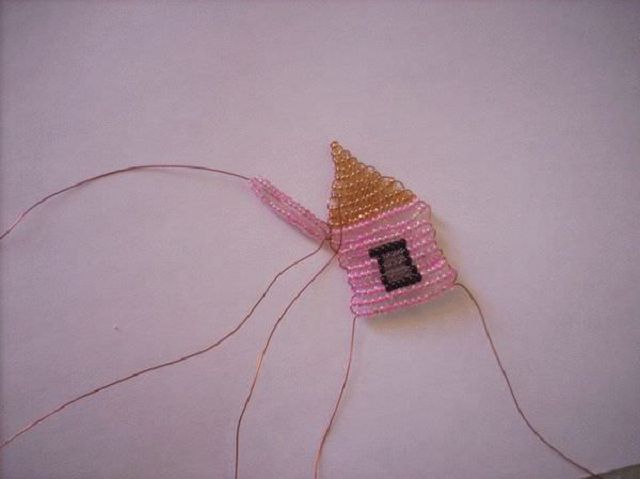

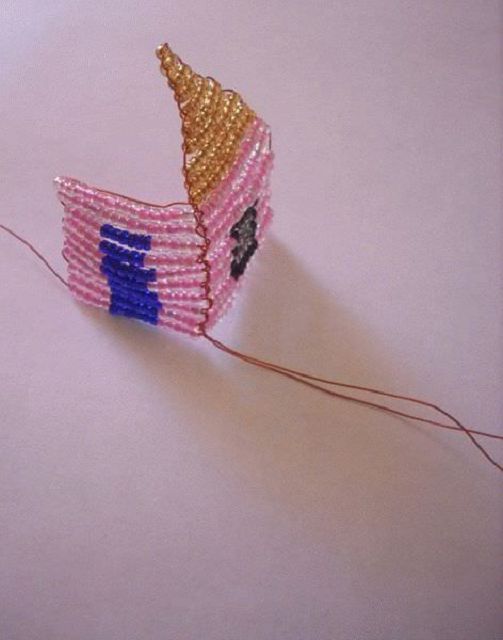



 Be sure to follow the diagrams - they are enoughare clear even for those who just try themselves in beading. All the details can be weaved separately, and then join, stitching. If you want, try and make a solid house (before tying the beads, first fix the wire, by threading it between the rows of the already woven element).
Be sure to follow the diagrams - they are enoughare clear even for those who just try themselves in beading. All the details can be weaved separately, and then join, stitching. If you want, try and make a solid house (before tying the beads, first fix the wire, by threading it between the rows of the already woven element).
